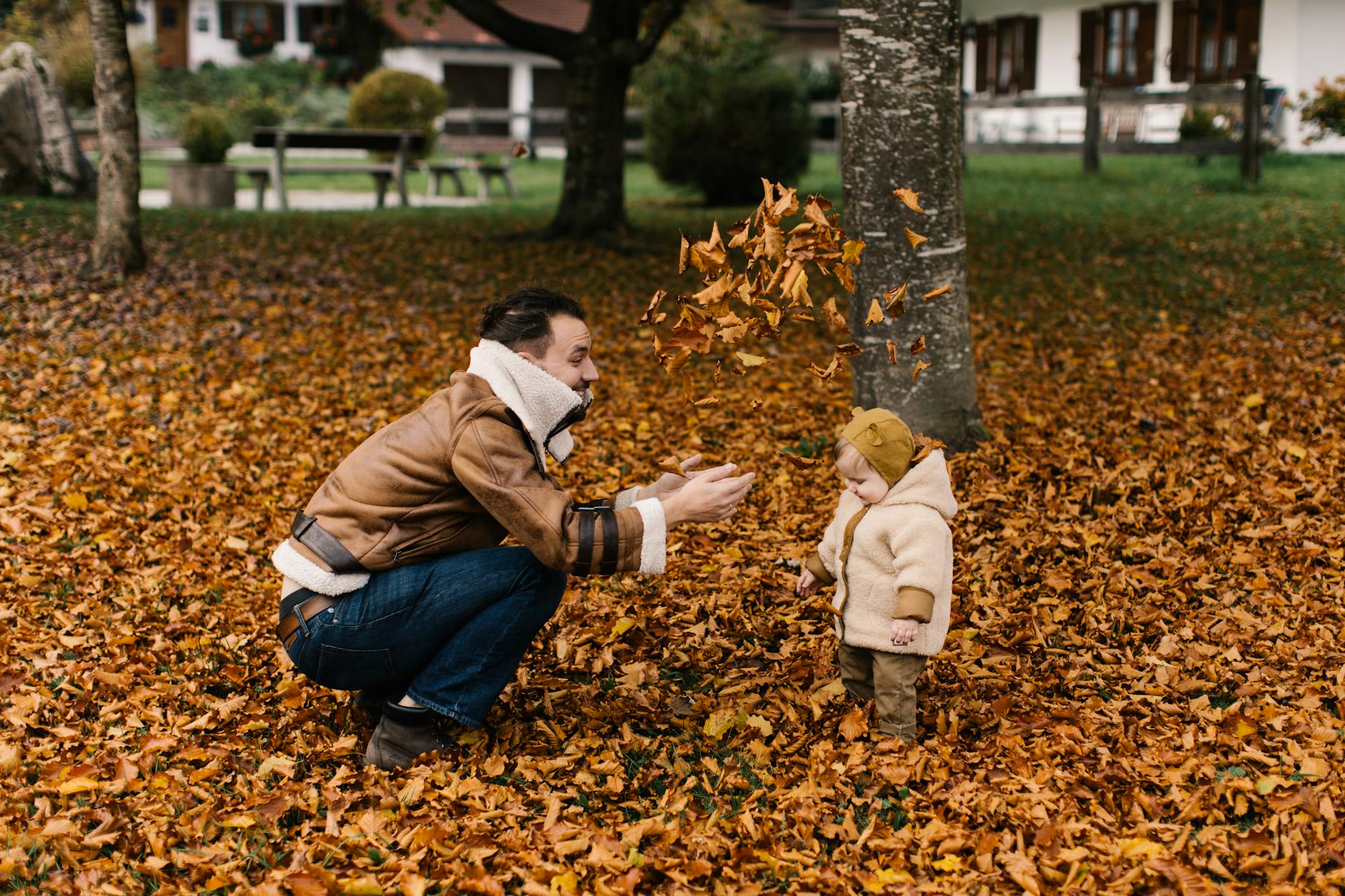First Day Of Fall 2024: Comprehensive Guide To Autumn Equinox
Explore the science, meaning, traditions, and celebrations of the autumn equinox—the official start of fall.

The First Day of Fall 2024: All About the Autumn Equinox
As daylight shortens and crisp air settles in, the Northern Hemisphere prepares for a dramatic seasonal shift. This change is marked by the autumn equinox, a moment celebrated for its balance and beauty, ushering in the official start of fall. Here’s everything you need to know about the autumn equinox in 2024, its astronomical significance, fascinating history, and how people around the world commemorate this celestial event.
When is the First Day of Fall in 2024?
This year, the first day of fall arrives on Sunday, September 22, 2024. The precise moment of the autumn equinox is at 5:44 a.m. PT in the Northern Hemisphere, when the sun stands directly above the Earth’s equator.
While the date can vary slightly—sometimes falling anywhere between September 21 and 24—the equinox always signals the transition into the fall season in the Northern Hemisphere. In the Southern Hemisphere, the autumn equinox occurs in March, marking their transition from summer to fall.
What is the Autumn Equinox?
The autumn equinox, also known as the September equinox, marks a unique point in Earth’s annual journey around the sun. On this day, day and night are almost exactly equal in length, each lasting about 12 hours. This equality occurs because the sun shines directly on the equator, dividing the Earth’s hemispheres evenly between light and darkness.
- In the Northern Hemisphere: The autumn equinox signals the start of fall, followed by progressively longer nights and shorter days until winter solstice.
- In the Southern Hemisphere: The September equinox is the start of spring, with days gradually lengthening.
This event only happens twice a year—once in March (the vernal or spring equinox) and once in September (the autumn equinox).
What’s the Difference Between an Equinox and a Solstice?
It’s easy to confuse the equinoxes and solstices, but they mark very different astronomical milestones:
| Event | Description | When |
|---|---|---|
| Equinox | The sun is aligned with the Earth’s equator. Day and night are nearly equal in length. | March (Vernal) & September (Autumn) |
| Solstice | The sun’s path is farthest from the equator (north or south), producing the shortest or longest day of the year. | June (Summer) & December (Winter) |
Equinoxes mark the start of spring and fall, while solstices mark the start of summer and winter.
What Does the September Equinox Look Like?
On the day of the equinox, wherever you are on Earth, you’ll notice:
- The sun rises due east and sets due west, making it a perfect compass.
- Sunrise and sunset appear and disappear more quickly than at any other time of the year, because the sun travels at the steepest angle relative to the horizon.
- Sunlight evenly illuminates both hemispheres, creating a day and night of nearly equal length.
Observing the sunrise or sunset on the equinox can help you identify true east and west—an old trick used by navigators for centuries.
The Autumn Equinox and the Harvest Moon
Another magical sign of the autumn equinox is the arrival of the Harvest Moon. The Harvest Moon is the full moon nearest to the autumn equinox, providing several nights in a row when the moon rises around sunset. This unique phenomenon helped ancient farmers extend their harvests into the night, offering extra light during one of the most crucial times of the agricultural year.
In 2024, the Harvest Moon falls on September 17, just days before the equinox. The full Harvest Moon can occur in either September or October, depending on the lunar calendar.
- Typically, the moon rises on average 50 minutes later each day. During the Harvest Moon period, the delay between moonrises is much shorter.
- This phenomenon occurs due to the angle of the moon’s orbit relative to the horizon during this time of year.
- The extra moonlight has historically allowed for longer workdays in the fields.
Spiritual and Cultural Significance of the Autumn Equinox
The autumn equinox has been celebrated across civilizations as a time of balance, gratitude, and harvest. In spiritual and cultural traditions, the equinox holds deep meaning:
- Gratitude and Harvest: Many cultures celebrate the abundance of crops and the fruits of labor, making it a time of thanksgiving and appreciation for nature’s bounty.
- Balance and Reflection: As daylight and darkness become equal, the equinox is seen as a moment for seeking balance in one’s life and reflecting on the past year.
- Preparation for Winter: The equinox also marks the lead-up to winter. Historically, people used this time to preserve food, ready their homes, and appreciate the fullness of autumn before the cold, dark months arrived.
- Festivals: The autumn equinox is the second of three harvest festivals, positioned between Lughnasadh and Samhain in Celtic tradition. Many societies hold festivals, feasts, and rituals to honor the changing light and the gifts of the season.
How to Celebrate the Autumn Equinox
Whether you follow tradition or create your own, the autumn equinox is an ideal time for personal and communal celebration. Here are some ways to honor the day:
- Make a Gratitude List: Reflect on what you have accomplished and what has come to fruition in your life since the spring. Acknowledge the lessons from what hasn’t worked out, and give thanks for the abundance you’ve received.
- Create an Autumn Altar: Decorate a special space in your home with fall leaves, gourds, candles, and symbols of the season as a reminder to find balance and gratitude.
- Enjoy Seasonal Foods: Host a harvest dinner with seasonal produce, such as apples, pumpkins, squash, and root vegetables.
- Nature Walks: Take time to witness the changing colors, crisp air, and falling leaves. Use this as a moment to meditate on the balance and transition in your own life.
- Prepare for Winter: Organize your home with cozy blankets, candles, and preserved foods. Consider both practical and emotional preparations for the quieter season ahead.
Fun Facts About the Autumn Equinox
- Egg-Balancing Myth: There’s a legend that you can balance an egg perfectly on its end during the equinox. While fun, this can be done any day of the year—though it makes for a playful equinox activity!
- Ancient Monuments: Many ancient structures around the world, from England’s Stonehenge to Mexico’s Chichen Itza, are aligned with the sun’s position during the equinox, reflecting its historical importance.
- Fastest Sunrises and Sunsets: The equinoxes bring the year’s quickest sunrises and sunsets—a beautiful reason to get up early or enjoy an evening outdoors.
Frequently Asked Questions (FAQs)
Q: What exactly causes the autumn equinox?
A: The autumn equinox occurs when Earth’s tilt is perpendicular to the sun’s rays. The sun’s center passes directly over the celestial equator, creating roughly equal daylight and night.
Q: Why do the dates of the equinoxes change each year?
A: Earth’s orbit is not a perfect circle and takes about 365.24 days to complete, so the timing of equinoxes shifts slightly each year. The leap year system helps keep our calendars in alignment.
Q: Is the day and night exactly equal on the equinox?
A: The lengths of day and night are nearly equal, but not perfectly so. Atmospheric refraction and the sun’s finite size cause the day to be slightly longer than the night.
Q: What’s the difference between the meteorological and astronomical start of fall?
A: Meteorological fall is based on calendar months (September 1), while the astronomical start is marked by the equinox (September 22, 2024).
Q: Can I see anything special in the sky during the equinox?
A: Yes! Watch for the Harvest Moon—the full moon closest to the equinox. The sun will rise exactly in the east and set exactly in the west, making it a great time for sky watching.
In Summary
The autumn equinox is much more than just a date on the calendar. It is a time of astronomical wonder, cultural significance, and natural beauty. September 22, 2024, brings a perfect opportunity to pause, reflect, and join a tradition that has been celebrated for centuries.
- Mark your calendar for the first day of fall and enjoy the balance between day and night.
- Observe the sky—sunrise and sunset will be unlike any other time of year.
- Embrace harvest traditions and prepare for the cozy months ahead.
Whether you’re an enthusiast of the cosmos or simply enjoy the changing seasons, the autumn equinox is a remarkable moment to honor, cherish, and share.
References
- https://www.countryliving.com/life/travel/a28661720/first-day-of-fall-equinox/
- https://www.cnet.com/science/fall-equinox-is-tomorrow-what-to-know-and-what-it-looks-like/
- https://www.abc10.com/article/news/nation-world/when-is-first-day-of-fall-2024-autumn-equinox/507-5702ad95-5327-4d89-bc5d-8d5d751ef83c
- https://www.rebeccacampbell.me/how-to-celebrate-the-autumn-equinox/
- https://www.almanac.com/content/first-day-fall-autumnal-equinox
Read full bio of Anjali Sayee











